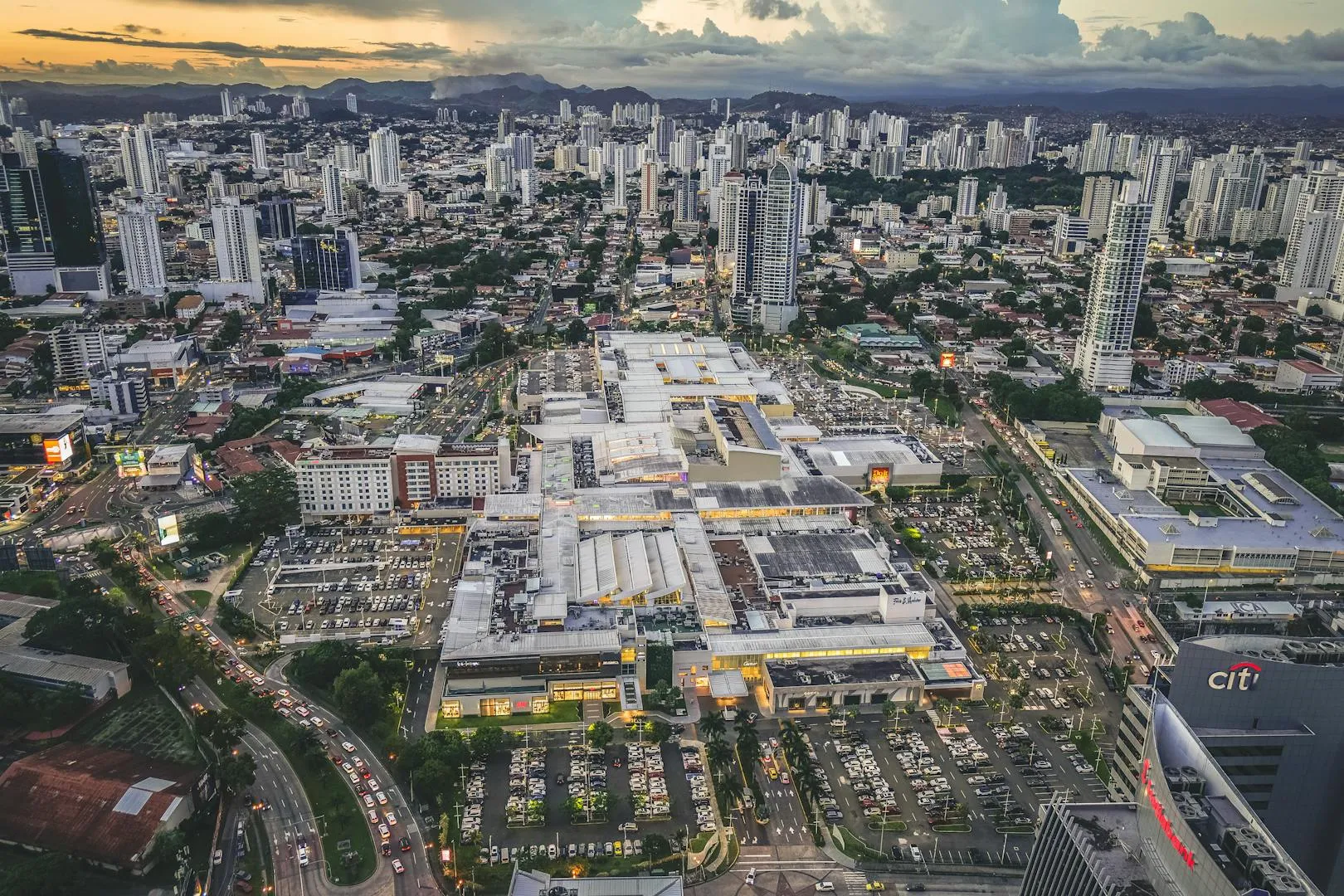Urban regeneration projects are a vital part of revitalizing cities and communities. These projects involve the redevelopment of underutilized or abandoned properties, transforming them into vibrant and thriving spaces. However, financing such projects can be complex, and understanding mortgages for urban regeneration projects is crucial for success.
In this blog, we’ll walk you through into the world of mortgages for urban regeneration projects, exploring the benefits, challenges, and expert tips for securing the right financing.
Benefits of Urban Regeneration Projects
Urban regeneration projects offer numerous benefits, including:
Revitalization of communities: Urban regeneration projects can transform neglected areas into thriving communities, boosting local economies and improving quality of life.
Increased property values: Regeneration projects can increase property values, making areas more attractive to residents, businesses, and investors.
Job creation and economic growth: Urban regeneration projects can create jobs, stimulate local economies, and contribute to overall economic growth.
Environmental benefits: Regeneration projects can incorporate sustainable design and green technologies, reducing environmental impact and promoting eco-friendly practices.
Challenges of Financing Urban Regeneration Projects
Financing urban regeneration projects can be complex, with several challenges to overcome, including:
High upfront costs: Regeneration projects often require significant upfront investments, making it challenging to secure financing.
Risk assessment and mitigation: Lenders must carefully assess and mitigate risks associated with regeneration projects, such as market fluctuations and construction delays.
Complexity of project financing: Regeneration projects often involve multiple stakeholders, complex financing structures, and nuanced regulatory requirements.
Limited access to traditional financing: Traditional financing options may be limited for regeneration projects, making it essential to explore alternative financing solutions.
Mortgages for Urban Regeneration Projects
Mortgages for urban regeneration projects are specialized financing solutions designed to support the redevelopment of underutilized or abandoned properties. These mortgages typically offer:
Flexible repayment terms: Mortgages for regeneration projects often feature flexible repayment terms, allowing borrowers to manage cash flow and navigate project complexities.
Competitive interest rates: Regeneration project mortgages may offer competitive interest rates, reducing borrowing costs and enhancing project viability.
Higher loan-to-value ratios: Mortgages for regeneration projects may provide higher loan-to-value ratios, enabling borrowers to access more financing for their projects.
Specialized underwriting and risk assessment: Lenders offering mortgages for regeneration projects typically employ specialized underwriting and risk assessment processes, taking into account the unique characteristics of each project.
Types of Mortgages for Urban Regeneration Projects
Several types of mortgages are available for urban regeneration projects, including:
Construction mortgages: These mortgages provide financing for the construction phase of a regeneration project.
Bridge mortgages: Bridge mortgages offer short-term financing for regeneration projects, often used to bridge the gap between construction and permanent financing.
Permanent mortgages: Permanent mortgages provide long-term financing for regeneration projects, often featuring fixed or variable interest rates.
Mezzanine financing: Mezzanine financing combines debt and equity financing, offering a hybrid solution for regeneration projects.
Expert Tips for Securing Mortgages for Urban Regeneration Projects
To successfully secure a mortgage for an urban regeneration project, follow these expert tips:
Develop a comprehensive project plan: Create a detailed project plan, outlining project goals, timelines, budgets, and risk management strategies.
Build a strong project team: Assemble a skilled project team, including experienced developers, architects, engineers, and contractors.
Secure pre-approval for financing: Obtain pre-approval for financing before commencing the project, ensuring access to necessary funds.
Monitor and manage project risks: Continuously monitor and manage project risks, adapting to changes and challenges as they arise.
Conclusion
Understanding mortgages for urban regeneration projects is crucial for success in this complex and nuanced field. By recognizing the benefits and challenges of regeneration projects, and exploring the various types of mortgages available, developers and investors can secure the financing needed to bring their projects to life.
Remember to develop a comprehensive project plan, build a strong project team, secure pre-approval for financing, and monitor and manage project risks to ensure the success of your urban regeneration project.

